Violet "Lituanica": description of the variety, planting and care features

The word Lituanika in translation from the Latin language means "Lithuania". Violet "Lituanica" was bred by the breeder F. Butene. These flowers are very beautiful, outwardly they resemble roses. This article presents a description of the "Lituanika" variety, the peculiarities of planting such plants and the main subtleties of care.
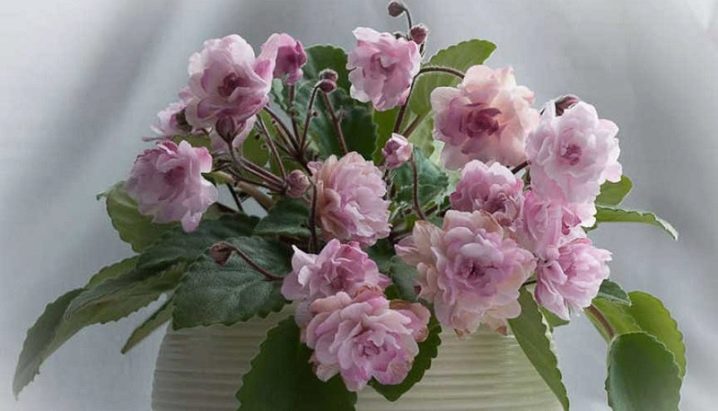
Description
First of all, in order to avoid confusion, it should be noted that "violet" is the common name for Saintpaulias, and since it is violets that are more familiar to our ears, we will continue to use this word in the future.
Lituanica's leaves are pointed, dark green. The bush is quite sprawling. The flowers are similar in shape to dahlias, they are densely double, pink-peach. At the edges, the color is more intense, which makes the flowers very aesthetically pleasing. The flowering is beautiful, long-lasting, while you can observe a lot of flowers.
Peduncles are long, thin, which is why many flowers hang upside down.
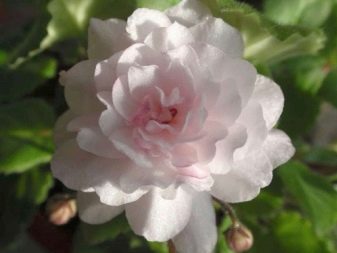

The subtleties of growing
To achieve the best results, there are a number of important recommendations to consider when growing Lituanica violets. The growing flower will need to be carefully monitored.
- Humidity... The air humidity should be quite high, since the Lituanica violet does not tolerate severe dryness. To moisturize the plant as effectively as possible, you can use water with pebbles - place it next to the pot.
- Temperature. Lituanika is highly sensitive to temperature influences. For such a violet, both too high and very low temperatures are harmful. Growing such flowers, you will need to control the temperature indicators - the house should not be too warm or cold.
- Lighting. Such a plant does not treat artificial light well, therefore it is recommended to place it next to a window. The light must act on the violet for at least 12 hours, otherwise you will still have to use additional artificial lighting.
- Pot. For such plants, it is better to select low and wide pots. When deciding which container to use, you should look at the edges of the pots. Since the stems of Lituanica violets often hang down, the edges should be smooth.
- Priming. The primer should be chosen lightweight and breathable. If it is heavy and wet, the plant may start to rot. It is not recommended to lay the ground - peat and perlite with vermiculite are very well suited as a base. The ready-made mixture can be purchased at the store, which usually combines all the components that are ideal for the plant.
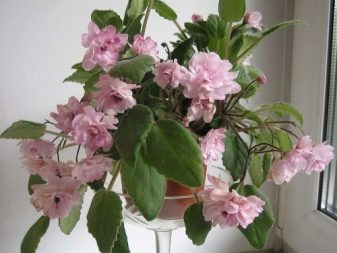
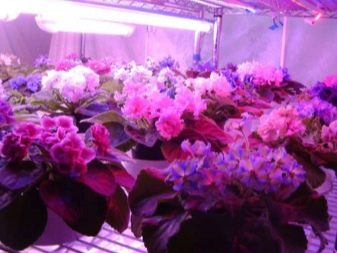
Reproduction and planting
For growing violets, you can use a side shoot or a leaf. It is better to root the leafy part of the plant. in not very heavy, loose soil with vermiculite or perlite. Many people use sphagnum moss or peat peat tablets. Before planting, put the tablet in water - it should swell. When this happens, grind it up and mix thoroughly with the perlite. The leaf or shoot will need to be placed in the resulting mixture.
Sphagnum will need to be divided into several parts, and they should be pretty small. Then place the moss in a container, one-third full. Using a clean, sharp knife, cut off the top of the rosette or side shoot. Remove the bottom leaves and place the plant part on the moss.
In order for the plant to take root as quickly as possible, you will need to cover the container with film or glass.
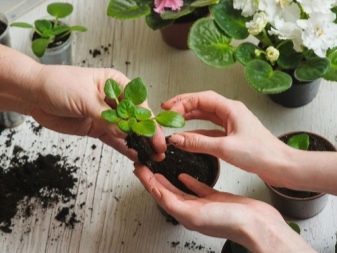
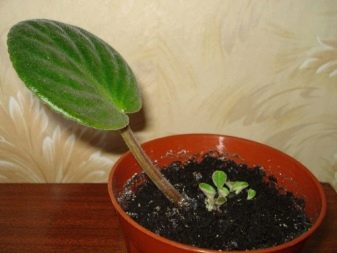
Care advice
Always pay due attention to the length of the main stems (they should not be very different from each other), the symmetry of the bush, and the removal of protruding leaves. Otherwise, the violet will be overgrown, unkempt. Lituanika owners should take into account other important recommendations.
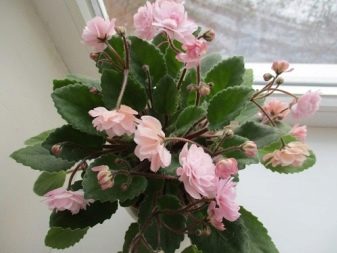
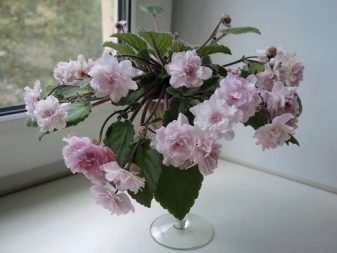
Top dressing and fertilizers
Lituanica usually blooms for a long time and well. Try not to deplete the plant, maintain its beauty, and feed the violet from time to time.
Many owners of such flowers prefer to fertilize them with Kemira Lux. Take half a liter of water and dilute the above fertilizer in it. Then add a tablespoon of the concentrate to a few liters of water. It is recommended to use this remedy during the flowering of Lituanica. Alternately water the plant with both water and fertilizer. It should be borne in mind that young plants do not need to be specially fertilized. Such products are suitable for watering only adult violets.


Transfer
This flower grows rather quickly, so it is very likely that it will have to be replanted almost immediately. This will require a large pot. It is better to transplant "Lituanica" by the "transshipment" method, so you can avoid damage to the plant.
So, take a new pot and put a plant with an earthy clod there. Pour additional soil into the container. Remove the leaves from the shoots (you can leave only a little, at the very top). So you activate the growth of violets, contribute to the emergence of young rosettes.
After completing the plant transplant, you will need to water it abundantly.
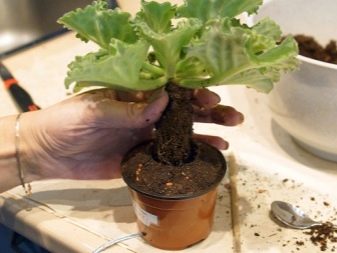
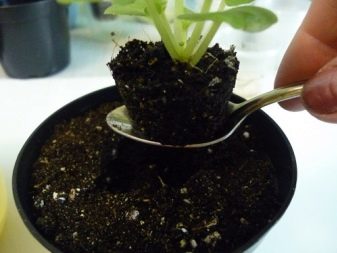
Watering
The violet loves water, but watering it too often is not recommended, otherwise its roots can quickly deteriorate and begin to rot. The earthen coma should not be allowed to dry either. - lack of moisture can also destroy the flower. Lituanica should be watered sparingly but regularly.
If the irrigation mode fails, the flower can be saved with the help of "Epin", "Zircon" means. Such drugs are added to the liquid: a drop or two should be taken per 100 g of water.
Watering the plant too often will cause the leaves to wither. In this case, dig up a violet, examine its roots. If they are brownish, it is very likely that the decay process has begun. Remove rotten areas and spread an antiseptic, such as activated charcoal, brilliant greens, potassium permanganate, on the remaining roots. Then plant the plant in new soil.


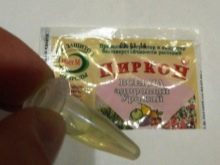
Pests and diseases
There are several problems that the owners of Lituanica violets encounter most often. So, such plants usually have to be saved from the following pests and diseases.
- Aphid. It arises from flowers that have recently been cut. These green pests drink plant juice, spoil flower stalks and flowers.
- Gray rot. It looks like a gray-brown bloom. Occurs on flowers, petioles and leaves.
- Ticks. Such pests are divided into several types. The cyclamen mite leaves round yellow spots on the plants, the spider mite leaves brownish depressed marks on the plants. Red spider mites leave reddish dots on the leaves.
For the prevention of pests, much is not required - you just need to observe the correct regime of watering, lighting and feeding. But if the disease has already attacked the plant, it will first need to be isolated from healthy ones. Then, having identified the ailment, treatment begins. Most fungal diseases will be effective broad spectrum fungicides, such as "Fitoverma" or "Topaz"... Help destroy pests insecticides; and a warm shower.
Plants infected with viruses should not be rescued, it is best to get rid of them immediately, since in most cases the treatment is ineffective.
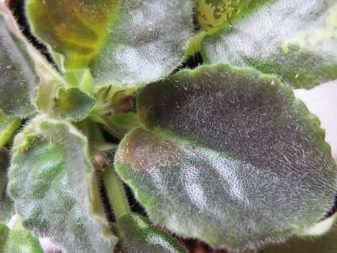

You can watch a video review of Lituanica violets a little below.































The comment was sent successfully.